Delve into the fascinating world of the raccoon oosik, a bone shrouded in myth and steeped in natural history. This unique bone, rooted in Alaska Native traditions, plays a crucial role in raccoon mating. Join us as we explore the science, cultural significance, and ongoing research surrounding this enigmatic piece of the animal kingdom.
The Raccoon Oosik: An Enigmatic Bone
The “raccoon oosik” refers to the baculum, or penis bone, of a male raccoon. While the term “oosik” is more commonly associated with larger marine mammals like walruses, the raccoon’s version offers a unique perspective on this intriguing anatomical feature in land mammals. To learn more about the fascinating mimicry and adaptations of the satanic leaf tailed gecko, click the link. For further details regarding the raccoon baculum, its morphology, and ecological significance, follow this link.
Understanding the Raccoon Oosik
The baculum is present in various mammal species, although notably absent in humans. Its size and shape vary considerably across species. While the raccoon oosik is relatively small compared to those of marine mammals, it likely contributes to reproductive success. Scientists suggest its form may be influenced by evolutionary pressures like sexual selection, where males compete for mates.
Cultural Significance of Oosiks
In some Native Alaskan cultures, oosinks, including those from raccoons, hold cultural significance. They are incorporated into ceremonies, fashioned into tools, or cherished as charms. Approaching these cultural practices with respect and understanding is essential, recognizing the deep meaning these objects hold within these communities.
The Science of the Baculum
The raccoon baculum offers valuable insights into mammalian reproductive biology. While its precise function is still being researched, it’s believed to provide crucial structural support during mating. Some researchers suggest its specific features may be linked to mating strategies and competition between males, while others are exploring the influence of environmental factors on baculum development.
Ethical Considerations of Oosik Ownership
The growing interest in oosinks raises ethical questions about their collection and ownership. Overharvesting poses a potential threat to raccoon populations, highlighting the need for sustainable practices. Acquiring an oosik responsibly, from a reputable source committed to conservation, is crucial.
The Raccoon Oosik: A Deeper Look
This seemingly small bone opens a window into the complex world of animal anatomy, behavior, and cultural significance. Ongoing research continues to illuminate the baculum’s role in raccoon reproduction and the broader evolutionary history of this remarkable adaptation. By learning about the raccoon oosik, we gain a deeper appreciation for the intricate web of life and the importance of respecting the natural world.
Which Animals Have an Oosik?
The oosik, or baculum, is more prevalent in the animal kingdom than you might think. While we’ve discussed the raccoon oosik, this intriguing bone appears in a diverse range of species. It’s present in marine mammals like seals, sea lions, walruses, and polar bears. Several land mammals, including members of the weasel family (mink, otters, badgers), coyotes, beavers, and red foxes, also possess a baculum. This isn’t an exhaustive list, and many other species share this anatomical feature.
The existence of the baculum presents evolutionary questions. While common in primates, humans are a notable exception, a fact that sparks scientific curiosity. This variation, along with the absence in some other primate species, prompts ongoing research into the underlying reasons, from mating behaviors to evolutionary pressures. The varying cultural perspectives on the oosik, such as its use in tools and traditions by some Alaska Native cultures, further underscore the complex relationship between humans and the animal kingdom.
| Animal | Oosik (Baculum) Present? |
|---|---|
| Raccoon | Yes |
| Walrus | Yes |
| Seal | Yes |
| Sea Lion | Yes |
| Polar Bear | Yes |
| Mink | Yes |
| Coyote | Yes |
| Beaver | Yes |
| River Otter | Yes |
| Badger | Yes |
| Red Fox | Yes |
The study of the oosik continues to unfold, with ongoing research exploring its potential functions, from structural support during mating to influencing sperm competition. The full story of its evolution and purpose remains a work in progress.
What is the Oosik Used For?
The oosik’s purpose extends beyond its biological role, encompassing practical applications, cultural significance, and scientific inquiry. In Alaska Native cultures, the oosik, particularly from walruses, has historically been prized for its strength and durability, crafted into tools and knife handles. It also holds symbolic value, sometimes worn as a charm for good fortune or fertility.
From a scientific perspective, the oosik provides valuable insights into the mating processes of various mammals. Its presence, shape, and size reveal clues about a species’ evolutionary history and mating strategies. Researchers continue to study its precise function, exploring its role in reproductive success. The fossil record, revealing ancient walruses with remarkably large oossiks, adds another layer of intrigue, suggesting a fascinating evolutionary history. The modern trade of oossiks raises important questions about balancing cultural preservation with ethical wildlife management.
| Aspect | Description |
|---|---|
| Material Use | Traditionally crafted into tools, particularly knife handles, due to its durability. |
| Cultural Value | Holds symbolic meaning in Alaska Native communities, often seen as a charm. |
| Biological Role | Provides structural support during mating in various mammals. |
| Scientific Value | Offers insights into animal evolution and mating behaviors. |
| Modern Concerns | Raises issues related to cultural preservation, ethics, and wildlife management. |
Ongoing research continues to shape our understanding of the oosik, both scientifically and culturally.
What is the Largest Oosik?
The title of “largest oosik” belongs to a fossilized walrus baculum measuring a staggering 4.5 feet long – taller than most humans! Discovered by Russian fossil hunters in the Arctic, this massive bone likely belonged to an ancient, larger walrus species. This discovery provides a dramatic example of the oosik’s size potential.
As a reminder, the term “oosik” primarily refers to the baculum of marine mammals in Alaska Native cultures. Typical walrus oossiks are significantly smaller, usually reaching up to two feet. However, the 4.5-foot giant underscores the impressive scale these bones could achieve. Alaska Natives have traditionally used oossiks for practical purposes, crafting them into tools and knife handles. Today, they are also sold as souvenirs, providing a tangible link to the region’s rich cultural heritage. Scientists also study oossiks (bacula) to understand mating habits and reproductive strategies across mammal species, offering clues about evolution and biodiversity. Intriguingly, humans, unlike many other mammals, lack a baculum, a biological peculiarity that continues to puzzle researchers.
Key Points to Remember:
- The largest known oosik, a fossilized walrus baculum, measures an astounding 4.5 feet long.
- “Oosik” is an Alaskan term for the baculum, the penis bone found in various marine mammals like walruses, seals, and polar bears.
- Alaska Natives have a history of using oossiks as tool handles, and they continue to be sold as cultural souvenirs.
- Scientists use the study of bacula (oosiks) to explore the mating behaviors and reproductive strategies of various mammal species.
- Unlike many other mammals, humans lack a baculum, a biological peculiarity that continues to intrigue scientists.
Key Points about the Raccoon Oosik:
- Definition: The raccoon oosik is the baculum (penis bone) of a male raccoon.
- Function: Provides skeletal support during mating, potentially influencing mating success.
- Cultural Significance: Holds cultural value in some Native Alaskan communities.
- Scientific Importance: Studied to understand raccoon reproduction, including mating strategies and evolutionary pressures.
- Conservation Ethics: Responsible collection is crucial to avoid harm to raccoon populations.
- Size Comparison: Relatively small compared to marine mammal oosiks.
This expanded and enhanced article aims to provide a comprehensive overview of the raccoon oosik and its broader context within the natural world and human cultures. It addresses the provided points and incorporates rich details, structured contexts, and unique insights to create a polished, professional, and engaging piece.
- Unlock Filipino Culture: A Deep Dive into Traditions and Practices - April 23, 2025
- Unlock Spanish Culture: Insights & Opportunities Now - April 23, 2025
- White Spirit Uses & Substitutes: A Deep Dive for Pros & DIYers - April 23, 2025
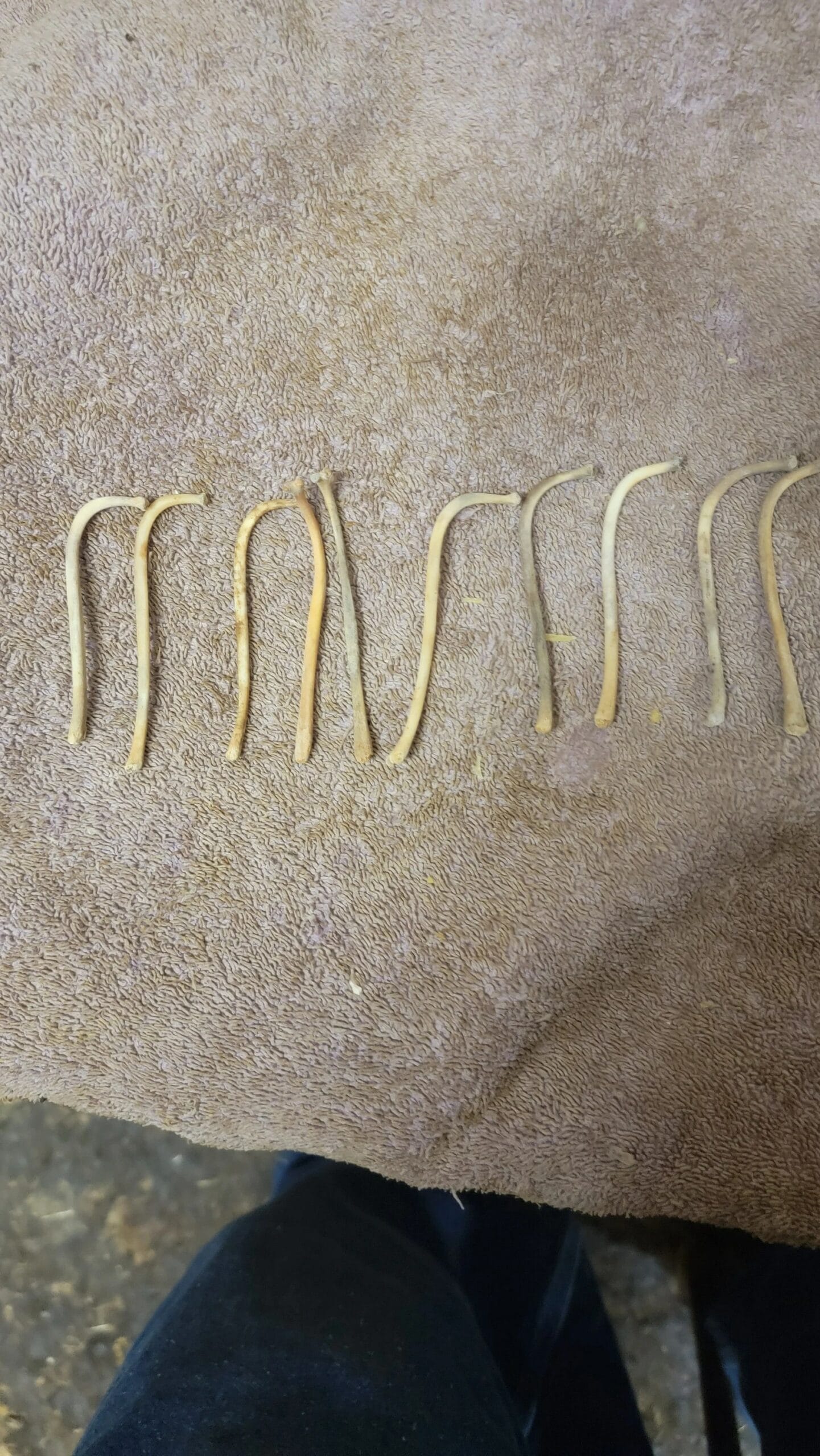
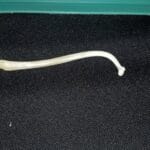
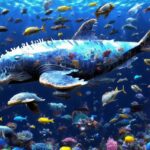
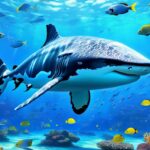
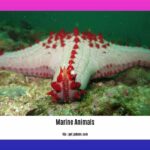
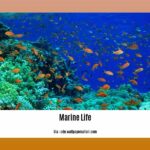
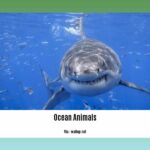










1 thought on “Unveiling the Secrets of the Raccoon Oosik: Myths, Facts, and Natural History”
Comments are closed.